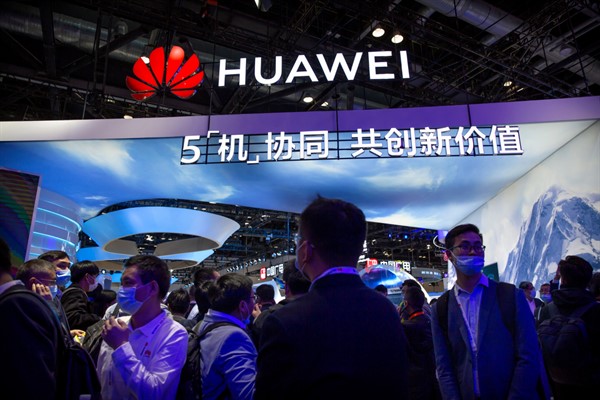“Keep the politics out of the network”—that was the mantra of the tech community back in the day. There was wisdom in that sentiment, and it worked fairly well for the first 20 years of the internet’s build-out. But today, controversies over next generation 5G networks and how many of them will be built by China’s telecom giant, Huawei, have demonstrated how far geopolitics have infected digital infrastructure. The latest tensions are now over undersea cables.
The argument over digital networks goes like this. It’s to be expected that politics, culture, language and all sorts of complex, contested issues will be present at the points where people interact with technology—that is, the things you can see, and increasingly summon with your voice. For the engineering community, this is called “the application layer,” and is the world of tech’s household names: Facebook, Google, Twitter, TikTok, Alexa, Zoom.
In the ordered minds of the engineering community, the people who built the protocols and standards that enable today’s internet, the application layer is distinct and separate from the deeper architectural layers. If regulators come your way, send them up to the application layer, where they can puzzle over intractable policy issues to their hearts’ content. Hopefully, they will stay there forever and leave us alone to just build out the network and make things work.

